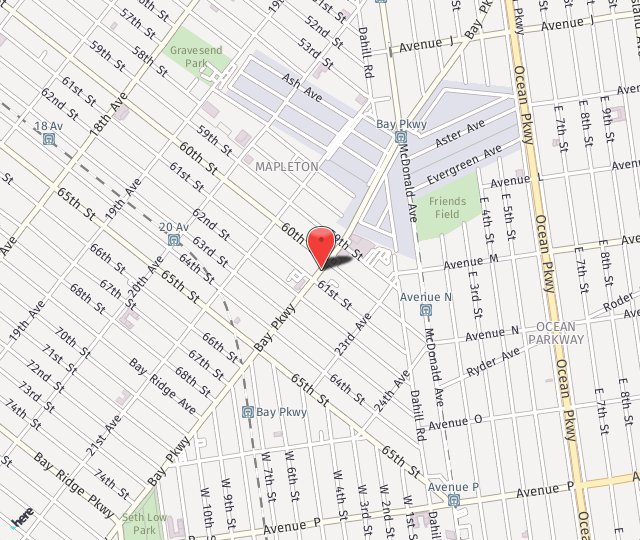Gallstones are small deposits of crystallized bile that form in the gallbladder, a small sac that sits below the liver and is located in the upper right quadrant of the abdomen. The gallbladder is connected to both the liver and the intestine by a series of ducts that transfer bile from the liver to the intestine to aid in digestion. Bile, which is produced by the liver and stored in the gallbladder, helps the body digest fats and is composed of water, cholesterol, fats, salts and proteins.
Gallstones develop when there is too much cholesterol, causing the bile to harden into stones resulting in the gallbladder, ducts or liver becoming inflamed, blocked, infected or damaged. Left untreated, the condition could become fatal.
Causes of Gallstones
Most gallstones are composed of cholesterol and may form if there is too much cholesterol present. Other gallstones are made of bilirubin, often the result of a liver disease or a blood disorder. Gallstones may also develop due to the inability of the gallbladder to empty completely.
Risk Factors for Gallstones
People who develop gallstones tend to have common risk factors and may include the following:
- Pregnant women
- Women who use hormone replacement therapy or birth control pills
- A family history of gallstones
- Overweight or obese
- Crash dieters
- A diet that is high in fat and cholesterol and low in fiber
- Diabetes
- On medication to lower cholesterol levels
- American Indian
- Mexican American
- Age 60 and older
Symptoms of Gallstones
Many people do not experience any symptoms from gallstones and may not even know they have the condition. But other people may experience some of the following symptoms of gallstones:
- Indigestion
- Right-sided upper abdominal pain
- Nausea
- Pain in and under the shoulder blades
- Vomiting
- Fever
Symptoms of gallstones are similar to symptoms of other medical conditions such as a heart attack or appendicitis. Obtaining a diagnosis will ensure proper treatment.
Diagnosis of Gallstones
The diagnosis of gallstones is confirmed by performing the following tests:
- Blood tests
- Ultrasound
- CT scan
- Cholescintigraphy, or HIDA scan
- Endoscopic retrograde cholangiopancreatography, or ERCP
Many cases of gallstones are diagnosed during testing for other conditions.
Treatment of Gallstones
Treatment for gallstones will depend on the severity of the condition and the associated symptoms. If symptoms from gallstones is not experienced, no treatment is necessary. For gallstones that cause frequent, painful symptoms, the surgical removal of the gallbladder, known as a cholecystectomy, may be performed. This procedure is most often performed laparoscopically to reduce scarring and speed recovery time. If a non-surgical option is required, bile salt tablets, sound wave therapy or topical gallstone dissolution may be used. Nonsurgical treatments are not usually effective in preventing future gallstones from recurring.


